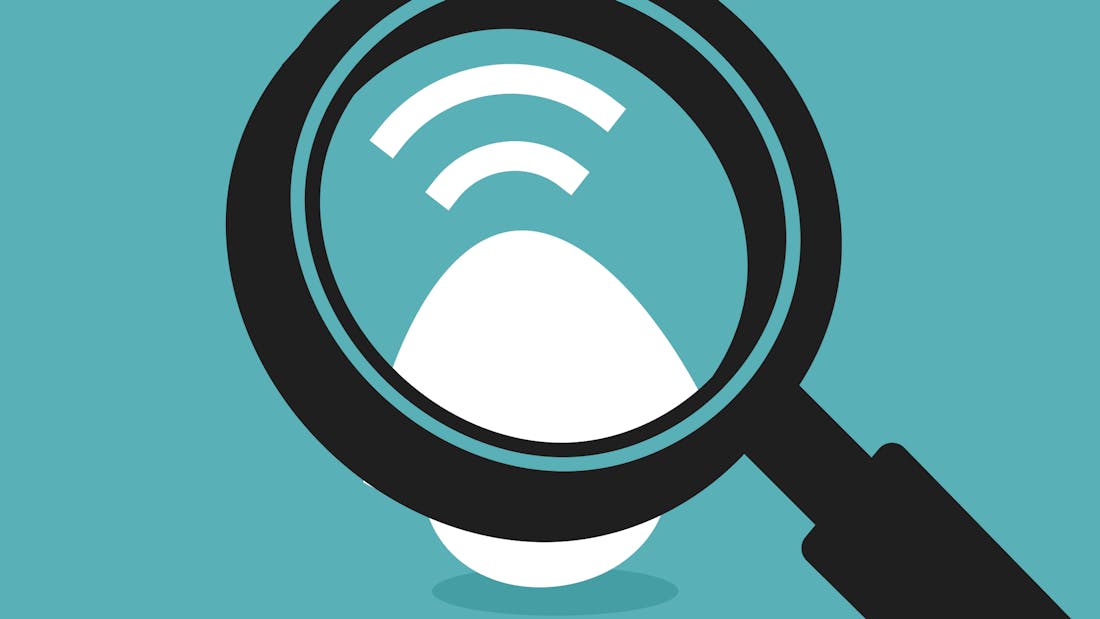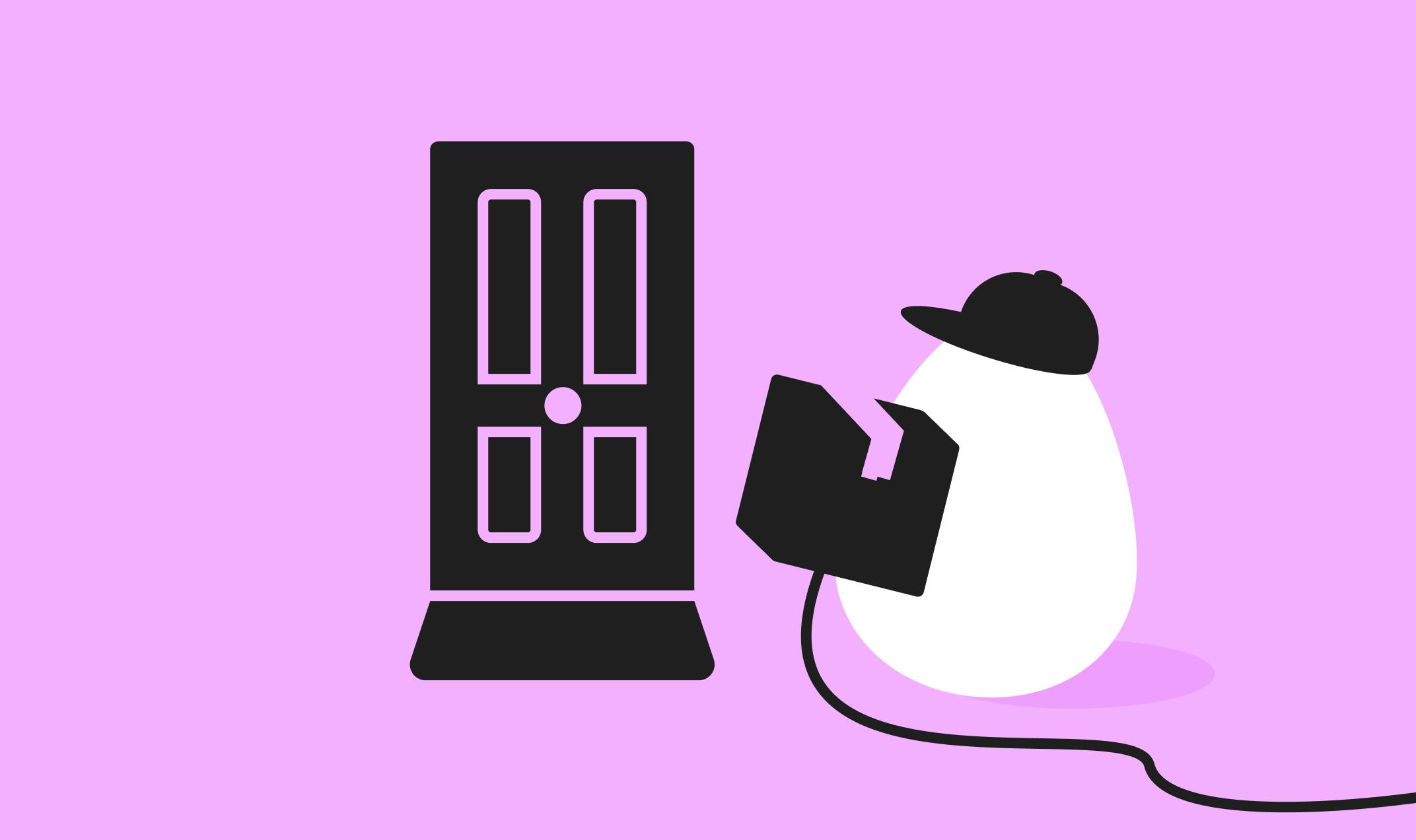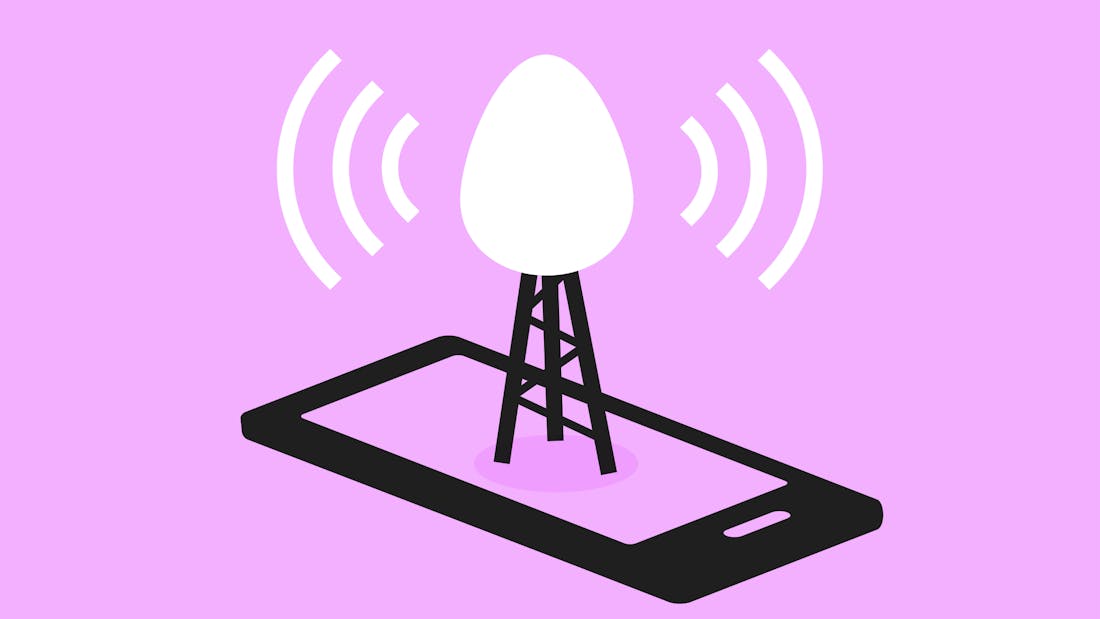
- guideBroadbandHow stuff works
What is Full Fibre?
Full fibre broadband (also known as FTTP: Fibre to the Premises) is currently being installed across the whole of the UK. That’s great, but what does it mean? Discover what it actually is in the guide.



